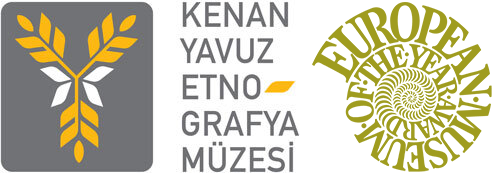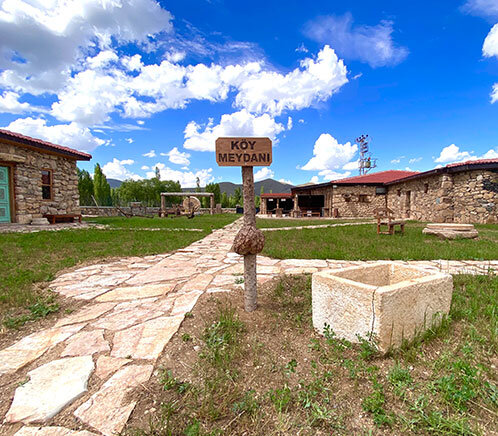Village Square
Story
“We once had villages.
At dawn, lambs, sheep, cows, buffaloes would be gathered separately in the square and taken to the plateau to pasture.
Then those who had a job in the town would start gathering at the head of the truck, which was the only vehicle in the village. The driver mehli (closed part of the truck) is five, the safe of the truck is two Turkish liras.
After the animals were pulled out and the truck moved to the city, people prepared the carts with hectic hustle and bustle, and placed the equipment that would go to the field in horse and ox carts.
In the afternoon, the square was crowded with people returning from the field, young men who could change their work clothes, and they were chatting in the small grocery stores on the square.
The first place that those who could afford new clothes wanted to go was the village square.
It would be a day for a soldier to be sent off accompanied by a drum, and it would be a day for a wedding accompanied by aunts to be established.
During Ramadan, children would wait for the recitation of the adhan, and when it was recited, they would run and inform the elders that the “”adhan was recited””.
The children would wait for the elders to come out of prayer on the morning of the feast, and they would run to the grocery stores with small pocket money to come out of their pockets.
Village squares meant meeting, meeting, having fun, having a conversation.
Letters from expatriates were read name by name and found their owners.
Wedding processions would necessarily pass through the square, accompanied by valiant people riding on their horses.
The population was very large, production was insufficient.
People were poor, very poor.
There was no electricity, but there was a conversation.
There was no phone, there was a letter.
There was no concrete then.
There was adobe, there was stone, there was earth.
Now the concrete is all over it. There is no village left, no square.
”


